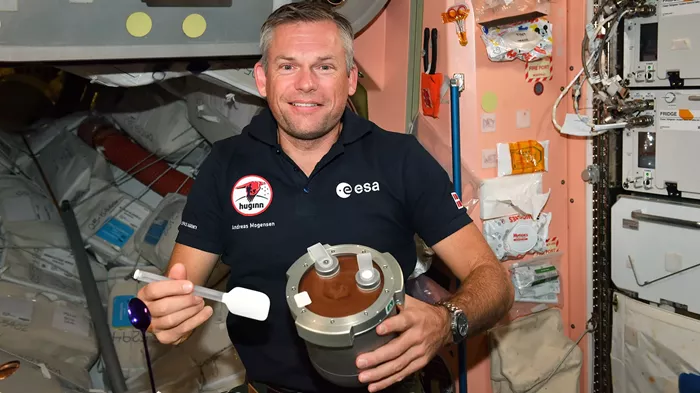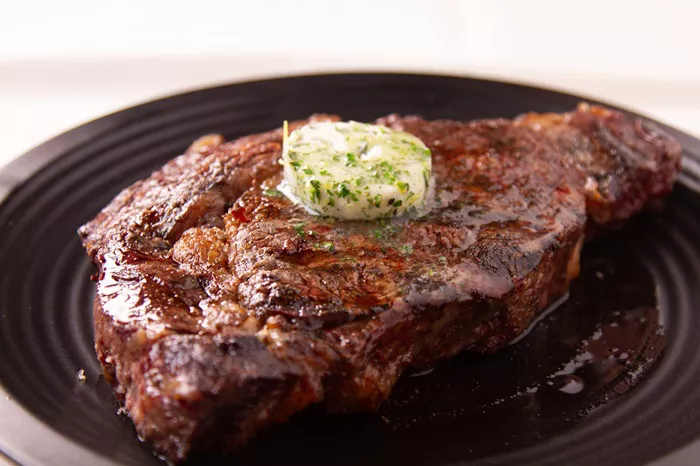The Moon may be the final frontier for mankind, but what will we eat when we get there? Pasta and protein bars made out of thin air are just the beginning.
Space exploration is accelerating at an unprecedented pace. In the next two years, NASA plans to send astronauts back to the Moon via its Artemis program, while the International Space Station (ISS), originally designed for a 15-year orbit, is now in its 26th year and set to be replaced. Meanwhile, scientists are seriously considering manned deep space missions. With a proliferation of tourism projects sending wealthy individuals to the edge of space, the question arises: what will we eat when we get there?
“Food is something that keeps astronauts sane,” says Dr. Sonja Brungs, astronaut operations deputy lead at the European Space Agency. “Good food, proper food with a lot of variety, tailored to the needs of the individual astronauts is crucial for a successful deep space mission. I think people underestimate how important it is.”
Currently, astronauts consume prepared meals from small food pouches, which are freeze-dried, dehydrated, or thermostabilized by specialized food-production companies. While on space missions, astronauts can also bring along special meals that remind them of home. However, there are restrictions; for instance, bread is prohibited due to crumbs becoming airborne and salt is limited due to the body’s altered sodium storage in space.
Novelty and variety are crucial for mental wellbeing during space missions. However, creating food for deep space missions poses unique challenges. In 2021, NASA launched the Deep Space Food Challenge to explore innovative ways of producing food in space with minimal waste, ensuring safety, nutrition, and taste for long-term missions.
One of the finalists in the challenge is Solar Foods, which has developed a groundbreaking concept: producing protein from space waste. Their edible microbe grows by feeding on a mixture of carbon dioxide, hydrogen, and oxygen, resulting in a protein source suitable for various nutritious foods such as pasta, protein bars, and alternative meats.
Fresh food is also essential for astronauts’ health, prompting experiments into growing vegetables in microgravity environments. Companies like Interstellar Lab and Enigma of the Cosmos are developing systems for producing microgreens, vegetables, and mushrooms in space.
Fungi is emerging as a versatile ingredient for space food. Mycorena, one of the challenge finalists, has developed a system using microalgae and fungi to produce mycoprotein, which can be 3D printed into food resembling the texture of chicken fillet.
While developments in space food may seem exclusive to astronauts and wealthy space tourists, they also hold promise for addressing food production challenges on Earth. The Deep Space Food Challenge aims to create advanced food systems benefiting us in extreme environments and resource-scarce areas.
As the third phase of the challenge progresses, these innovative food solutions may not only revolutionize astronaut diets but also influence how we eat on Earth in the future, promoting resource efficiency and sustainability.
The journey to space may indeed expand our culinary horizons, both in the cosmos and on our home planet.
































